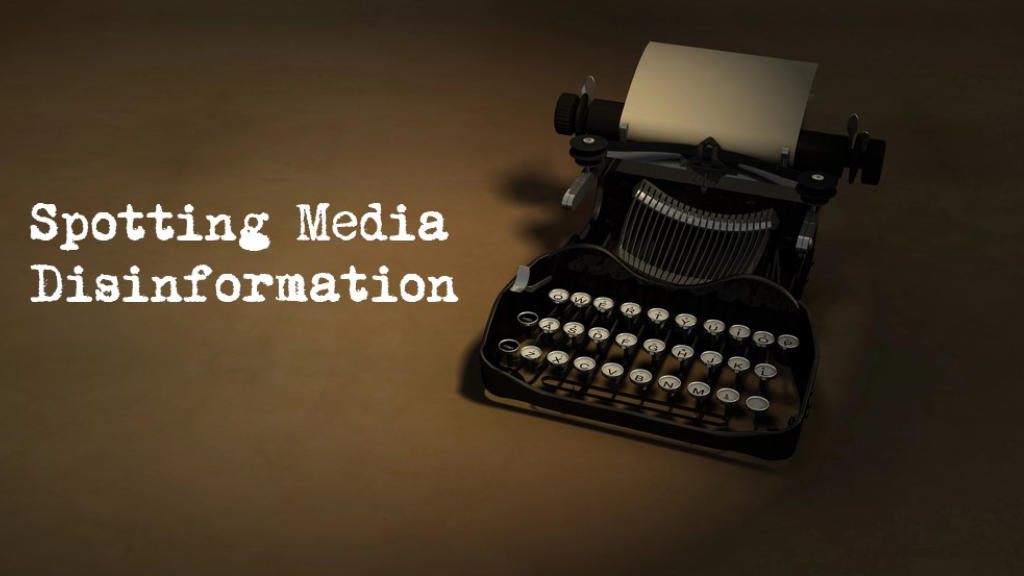The rise of AI in media usage and amongst the tactics and mechanisms used to constantly paint a specific persuasive – often political or opinionated message to the mass population is the use of lexicological embellishment. For this, we should be grateful to the journalistic guidelines espoused by the great Ernest Hemingway, who cautioned against the over-use of words. “My aim is to put down on paper what I see and what I feel in the best and simplest way.” In short, that means cutting out the superfluous. The reason is that firstly, additional text is simply redundant, and secondly, using it can betray an unwanted – or deliberate – political bias.
These basic instructions are clear. But, as was also mentioned by the US Senator for California Hiram W Johnson, in 1917, “The first casualty when war comes is truth.”
So how can these two truths be reconciled? One calls for simplistic honesty, the other recognises that becomes unattainable during times of conflict.
A Built-In, Shockproof, Shit Detector

Hemingway also said that his reporting (he was a war correspondent during the Spanish civil war) included “a built-in, shockproof, shit detector.” This, and his comments about brevity in reporting the facts – at least for the reader – come in useful in determining journalism and reporting that is either at best poorly written, or at worst, designed to embellish, typically in today’s purposes to continue negative connotations. We will use reporting about the Ukraine conflict as examples:
“Russia’s illegal invasion of Ukraine”
The superfluous word here is ‘illegal’. All invasions are illegal. Adding the “illegal” doubles the intensity of the occasion beyond the actual meaning – and embellishes it. This means that the writer concerned is overstating the reality. Quite apart from the issue of whether an invasion took place or not, this then deliberately illegitimizes the underlying reason why.
“The autocratic President of Russia”
Here, the word ‘autocratic’ is superfluous. He is either President of Russia or he is not. Placing the word ‘autocratic’ in the sentence is a strong pointer to that whatever else is said, the viewpoints almost certainly carry some bias as opposed to being entirely factual.
“He said, without evidence, that…”
The two offending words here are ‘without evidence’. Inserting these words changes the reporting dynamic from what was actually said, to being an opinion piece, second hand related to what was said. This is doubly problematic, first, because it is grammatically incorrect, and secondly, deliberately suggests an untruth. The reporter here cannot know whether the person they are quoting has evidence or not. In fact, in many criminal or serious statements, evidence is specifically withheld from journalists as it may compromise investigations. However, this does not mean evidence does not exist.
Other Tactics
Allegations
“The US unveils sanctions over alleged exports”
Here we get into more difficult territory. While the statement is true, there is another agenda here. Most readers will skim over the word “alleged” yet the sentence belies an apparent truth, that according to this sentence, the US has imposed sanctions on exports without any evidence, based purely on allegations. To determine the true meaning of an article written like this means continuing with the narrative. It also means that there is another story in plain sight: the US not abiding by international laws or WTO regulations. That’s designed either because AI isn’t so smart as to telling falsehoods, or the US wants to illustrate it can issue sanctions unilaterally. Curiously, a statement that tells the truth can in fact be the most subversive in what it implies.
Echo Experts
An echo expert is when disinformation sources cite each other to provide credibility for their claims. The United States and Europe for example routinely cite one another’s newspapers.
Summary
Whether AI is used to make news or not, the embellishment tactic in journalism is a key method in which readers can spot, as Hemingway described, as ‘bullshit’. Its use doesn’t necessarily mean that the article is incorrect – it could simply be down to poor journalism, which itself could be an indicator of AI use as well as lazy standards. On the other hand, if the article in question continues to embellish, or place emphasis where none is required, the chances of it being written with a desire to subvert free-thinking and promote the inability to make unbiased opinions is enhanced.
You can check whether accounts, anecdotal or scientific, have been verified by other reliable sources. Google the name. Check expertise status, source validity and interpretation of research. Remember, one story or interpretation is not necessarily representative. To embellish or not to embellish has become a lexographical tool in the battle for free media. Readers can make their own minds up as to the main offenders – but do watch out for it when seeking the truth.





